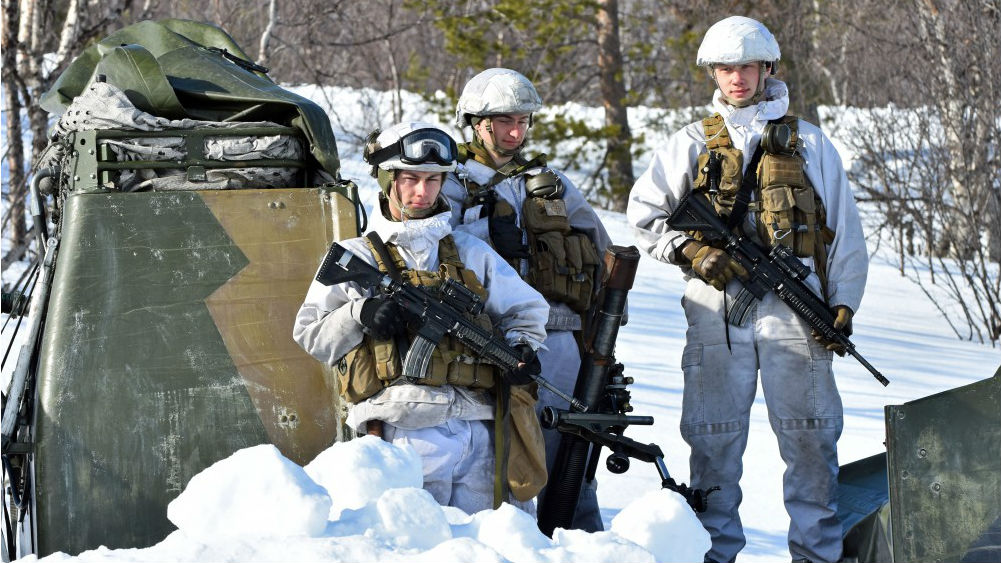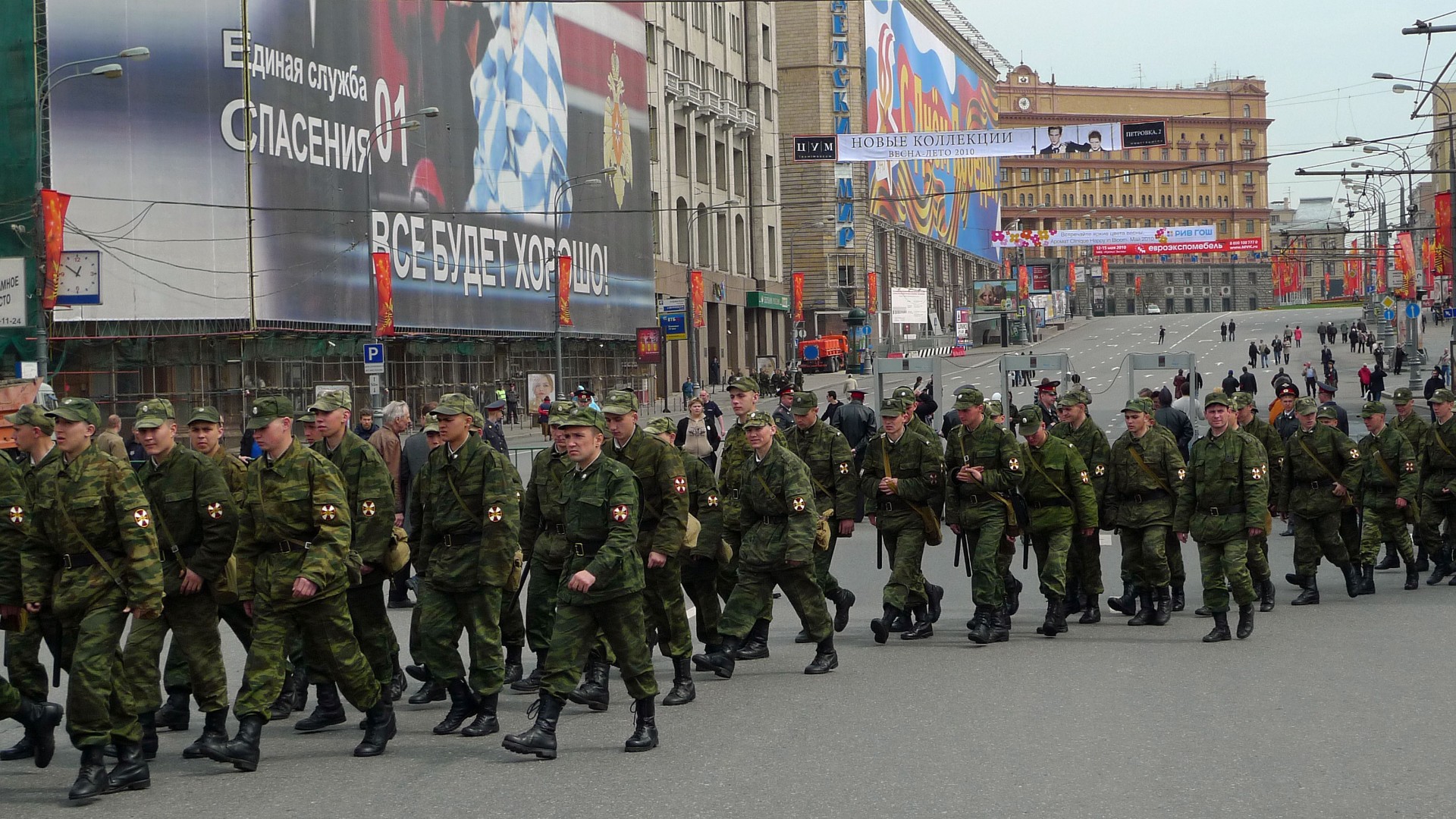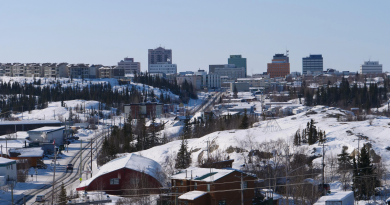Norway absent from massive US-led multinational drill in Europe next year

NATO’s northernmost country with direct border to Russia’s militarized Kola Peninsula relies heavily on allied reinforcements, but lacks capacity to join when its allies will train how to provide support in a war scenario.
“In crisis or war, Norway will rely heavily on Allied reinforcement,” defense minister Frank Bakke-Jensen,» said at last year’s Army Summit in Oslo.
This week, Norwegian defense chief Haakon Bruun-Hanssen warned that “in a crisis or conflict situation, Norway could find itself behind Russia’s defense line.”
How Norway should strengthen its military to improve robustness, reaction capability and ability to hold out until NATO forces arrive were highlighted as the defense chief presented his lengthy report with recommendations for beefing up Norway’s military forces.
Bruun-Hanssen said an extra 25 billion kroner (€2.5 billion) by 2028 is needed compared with the country’s recently presented 2020 budget. He recommends a year-by-year increase by 3 billion kroner for the next eight years.
In Norway, such recommendations are given to the government by the top military brass every fourth year.
“My assessment is that the world has become more unstable since 2015. This risk of conflict is back,” Haakon Bruun-Hanssen said.
Hours before the Norwegian defense chief presented his thoughts about how Norway should strengthen its capabilities to hold out until allied forces arrive, the news came out about Defender-Europe 20 exercise. The exercise will be one of the largest in post-Cold War Europe.
37,000 U.S. and European troops
The U.S. Army writes in a fact sheet that it will demonstrate its ability to quickly rotate several thousand soldiers and pieces of equipment overseas.
With the bulk of activities to take place in April-May 2020, it will be the largest deployment of U.S.-based forces to Europe for an exercise in the last 25 years.
A total of 37,000 allied and U.S. service members are anticipated to participate with some 20,000 pieces of equipment to be shipped over to Europe from continental USA.
12 convoy routes will be used across the Atlantic and the first moving of arms will start in February.
U.S. Army Deputy Chief of Staff, Lt. Gen. Charles Flynn says in a press release that the exercise “is a great opportunity to demonstrate the US Army’s un-marched ability to rapidly project forces across the globe while operating alongside our allies and partners in multiple contested domains.”
Without Norway

Additional to Iceland, which maintains no standing army, Norway is the only NATO country in northern Europe that is not on the list of participating countries.
“For 2020, Norway focuses on exercise Cold Response and participation in the Swedish exercise Aurora 2020, and therefore has little capacity to participate in any of the exercises in the U.S. Defender 2020 campaign plan,” says spokesperson for the Ministry of Defense, Per-Thomas Bøe to the Barents Observer.
He adds that it could be a possibility that Norway’s military contribution to NATO’s enhanced Forward Presence (eFP) in Lithuania will participate in Sabra Strike, a part of the larger reinforcement drill.
“That is not yet finally decided,” Bøe says.
Lithuania is one of the countries where Defender-Europe 20 will take place.
Exercise across Europe
In the North Sea and Baltic Sea regions, the following NATO members will participate: Belgium, Denmark, Estonia, Germany, Latvia, Lithuania, Poland, the Netherlands and the United Kingdom. Among the others are Canada, Italy, France, Hungary and the Czech Republic. Two non-NATO countries to join are Finland and Georgia.
The exercise itself will take part across Europe, from Belgium and the Netherlands in the west, Germany and Czech Republic in Central Europe to Italy in the south and Estonia, Latvia, Lithuania, Poland and Georgia in the east.
Participating units will include a U.S. Army division headquarters, three armored brigade combat teams, a fires brigade, and a sustainment brigade; as well as planned U.S. Air Force, U.S. Navy and Marine Corps participation. Some units will deploy with their equipment from the United States while other U.S.-based units will deploy and draw Europe-based Army Prepositioned Stock vehicles and equipment.
“Readiness is not only about having the right forces and capabilities in place throughout the theater, it’s about exercising our ability to quickly receive and integrate forces with our own and those of our allies and partners,” says Lt. Gen Christopher Cavoli, U.S. Army Europe commanding general in anther press note released this week.

“This ability is critical in projecting force at a moment’s notice, our readiness reassures our allies and deters potential adversaries,” he states and says it will help deter threats.
“Conducting tough, realistic training alongside our allies and partners in Europe enhances those professional relationships that build trust and confidence in each other and increases our overall interoperability, readiness and the ability to collectively deter potential threats.”
Related stories from around the North:
Canada: Canada’s new Arctic policy doesn’t stick the landing, Blog by Heather Exner-Pirot
Finland: Finnish and US Presidents agree on Arctic security policies, Eye on the Arctic
Norway: NATO’s Arctic dilemma, Eye on the Arctic special report
Russia: Russia deploys new missile system near Norwegian, Finnish borders, The Independent Barents Observer
Sweden: Sweden wants to rebuild its “total defence” system, Radio Sweden
United States: Alaska senators condemn Trump’s decision to withdraw troops from northern Syria, Alaska Public Media



